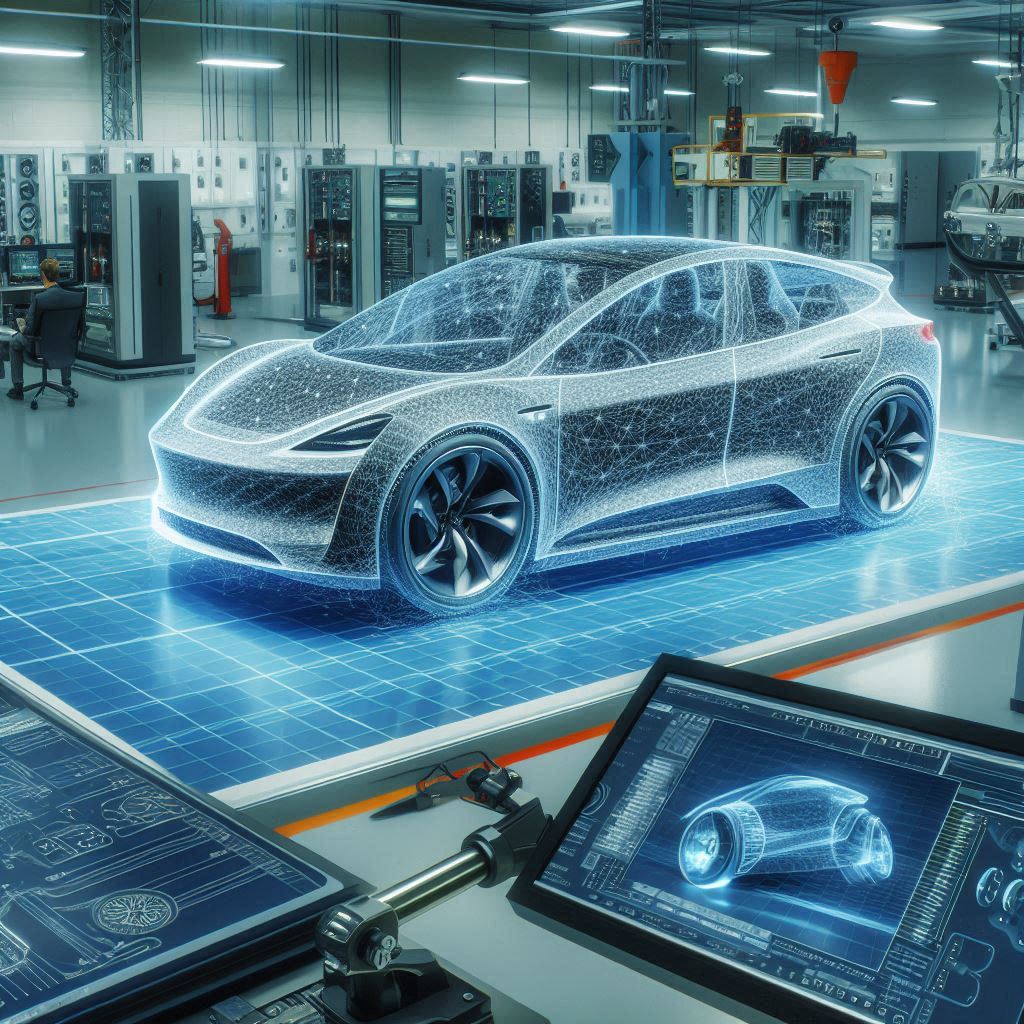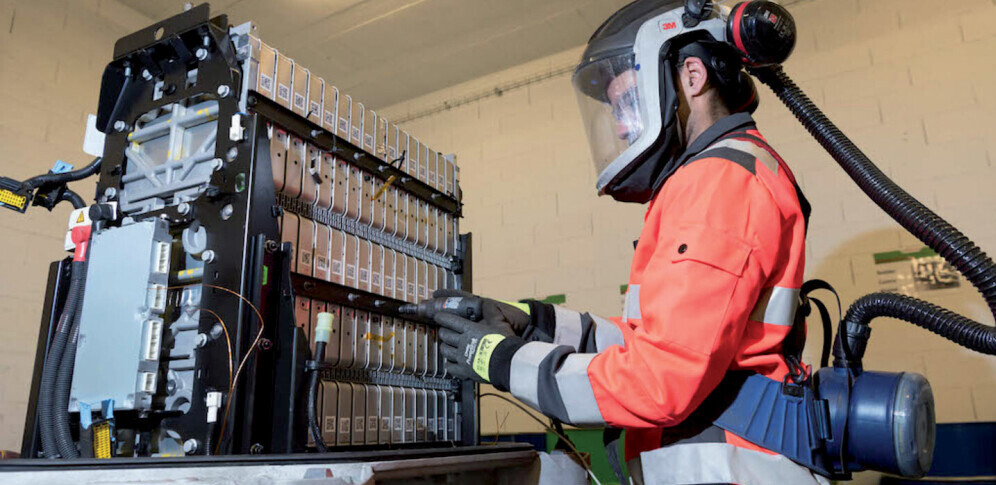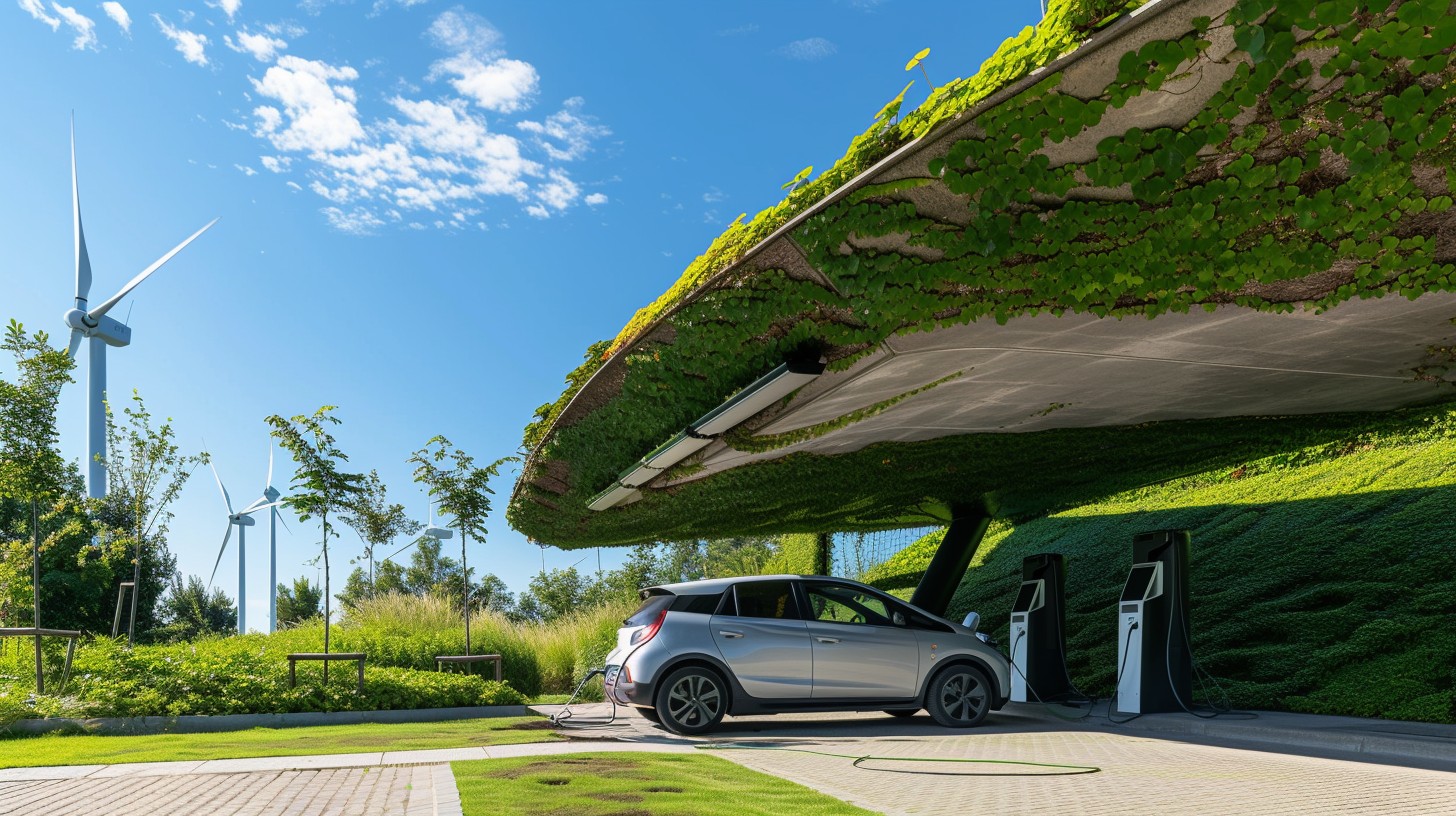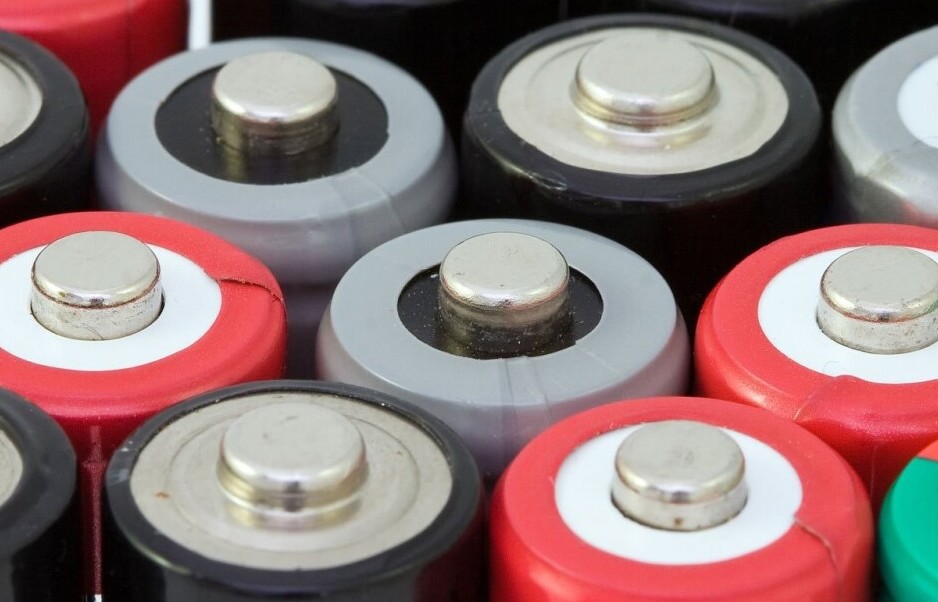Top 5 Breakthroughs In EV Technology
Battery Technology
Solid-state batteries are the talk of the town right now, taking energy storage to a whole new level. Unlike the usual lithium-ion batteries we’re all familiar with, solid-state batteries use a solid electrolyte instead of a liquid one. This simple change shakes up how energy is stored and released, promising a big leap in what Electric Vehicles (EVs) can do.
Think about how tiresome it is to charge your electric car on a long road trip. Now imagine a battery that not only holds more energy but also charges much faster. Solid-state batteries are set to make that fantasy a reality. With increased energy density, these batteries can potentially offer greater range for each charge, letting you drive further without looking for a charger.
Companies are racing to integrate Solid-state batteries into real-world applications. Car manufacturers are keen on them because they hold the key to creating electric vehicles that are lighter, safer, and more efficient. A few prototype cars with these batteries are already hitting the roads, showing promise for a wider rollout soon.
But it’s not all smooth sailing. Challenges like production costs and durable material development stand in the way. These are hurdles that researchers and manufacturers are eager to overcome. It’s a bit like solving a tricky puzzle, but the incentives—a major boost to the viability of electric vehicles—are huge.
Fast-Track Charging: Innovations in EV Charging Infrastructure
Charging an EV used to be a game of patience, but recent innovations are changing all that. With ultra-fast and even wireless charging options now emerging, EV owners can expect shorter wait times and a far more convenient experience.
Ultra-fast charging is akin to the holy grail for EV enthusiasts. By drastically cutting down the time it takes to charge up your battery, these new technologies are set to redefine what it means to travel with an electric car. Imagine stopping for a quick coffee break and having your car fully charged by the time you’ve finished your drink. That’s the future we’re talking about.
Wireless charging, on the other hand, offers a different kind of convenience. By integrating charging pads into parking spaces, there’s no need to mess around with cables—just park and power up. It’s set to make EVs a part of the flexible, hassle-free lifestyle that many people crave.
Sustainability plays a crucial role here too, as more charging stations tap into renewable energy sources. Turning charging stations into green tech hubs not only supports the environment but also enhances their appeal to the eco-conscious driver.
Of course, these advancements don’t come out of thin air. Support from government policies and collaborations within the industry are critical for pushing these technologies into the mainstream. With better infrastructure comes improved user experience—less time waiting around and more getting on with life.
In the end, it’s all about reducing range anxiety, one of the biggest barriers to widespread EV adoption. With a more robust and efficient charging network, hitting the open road in an electric vehicle feels a lot less daunting and a lot more exciting.
Autonomous Driving Synergy with Electric Vehicles: A New Era
EVs and autonomous driving technologies are like cheese and pickle, or bacon and eggs, or even tea and biscuits—they just go better together. This combo is steering us toward a new era of driving, where safety and innovation take center stage.
The integration of AI and machine learning into EVs is changing the way we think about driving. These systems are getting smarter every day, making roads safer by reducing human error. Automated systems are now capable of scanning the environment, recognising obstacles, and taking appropriate action faster than any human could.
While technology races ahead, regulations are trying to keep up. Navigating the legal landscape for autonomous vehicles isn’t easy, but it’s essential for getting these cars on the road. Governments are drafting new rules to ensure these vehicles are safe, but this is still evolving territory.
The success of autonomous vehicles also depends on smarter public infrastructure. This isn’t just about fitting cars with tech—roads themselves need to be upgraded with sensors and connectivity to support these intelligent vehicles. It’s a big ask, but necessary for the system to work smoothly.
We’ve already seen some successful trials and pilot programs demonstrating the capabilities of self-driving EVs. Feedback from these initiatives helps refine the technology and its integration in real-world scenarios. It’s not just a joke anymore—fully autonomous EVs are on the horizon, and they’re looking promising.
Harnessing Renewable Energy in EV Design
The integration of renewable energy sources into electric vehicles (EVs) is a groundbreaking development that enhances their sustainability and efficiency. One of the most promising innovations in this domain is the use of photovoltaic (solar) technology. For instance, manufacturers like Mercedes-Benz are incorporating solar panels into the bodywork of their EVs, enabling them to harvest solar energy directly. This energy can supplement the main battery, providing additional range without relying on external charging infrastructure. Such advancements not only reduce the overall carbon footprint of EVs but also pave the way for vehicles that are less dependent on grid electricity, which may still be partially generated from non-renewable sources.
Solar-powered EVs, like the concept vehicles from brands such as Lightyear and Hyundai, demonstrate the potential of renewable integration. These vehicles can achieve additional mileage—up to 12,000 km annually—by harnessing sunlight. This is particularly beneficial for drivers in regions with high solar exposure. Beyond solar panels, some EV manufacturers are exploring wind energy capture and kinetic energy recovery systems to maximize renewable energy utilization. By integrating multiple renewable sources, EVs can operate more efficiently, especially in urban settings where frequent braking and starting can recharge batteries through regenerative technologies.
While the integration of renewable energy into EVs is transformative, it is not without challenges. The efficiency of photovoltaic cells depends on factors like sunlight availability, weather conditions, and geographical location. Additionally, scaling such technologies to make them affordable for mass-market vehicles requires further research and development. However, as renewable technologies continue to advance, the costs are expected to decrease, making them more accessible. Governments and private sectors are also playing a crucial role by offering incentives and funding for research in this field. In the future, the integration of renewable energy sources may become a standard feature in EV design, contributing significantly to a zero-emission transportation ecosystem.

Sustainable Manufacturing: Environmental Impact of EV Innovations
As EVs become more popular, sustainability in manufacturing is taking center stage, highlighting the environmental responsibility that comes with mass production.
Automakers aren’t working in a vacuum. They’re increasingly turning to sustainable production practices and greener materials to build their latest EV models. From using recycled components to sourcing materials responsibly, the industry’s commitment is making waves.
Recycling is a big deal here. With a focus on repurposing old batteries and parts, manufacturers are reducing waste and cutting down on their carbon footprint. These efforts not only promote a circular economy but also reassure consumers that their choice of vehicle aligns with their eco-values.
Another aspect to consider is transparency in the supply chain. Consumers now demand to know where materials come from, and automakers are stepping up with innovations that ensure ethical sourcing and fair labor practices. It’s about meeting expectations and building trust.
Lastly, the big players in the automotive world are actively setting targets for carbon neutrality and investing in renewable energy sources. This isn’t just corporate jargon—it’s a genuine push towards a greener future, proving that the EV movement is as much about preserving our planet as it is about embracing technological innovation.




4 comments